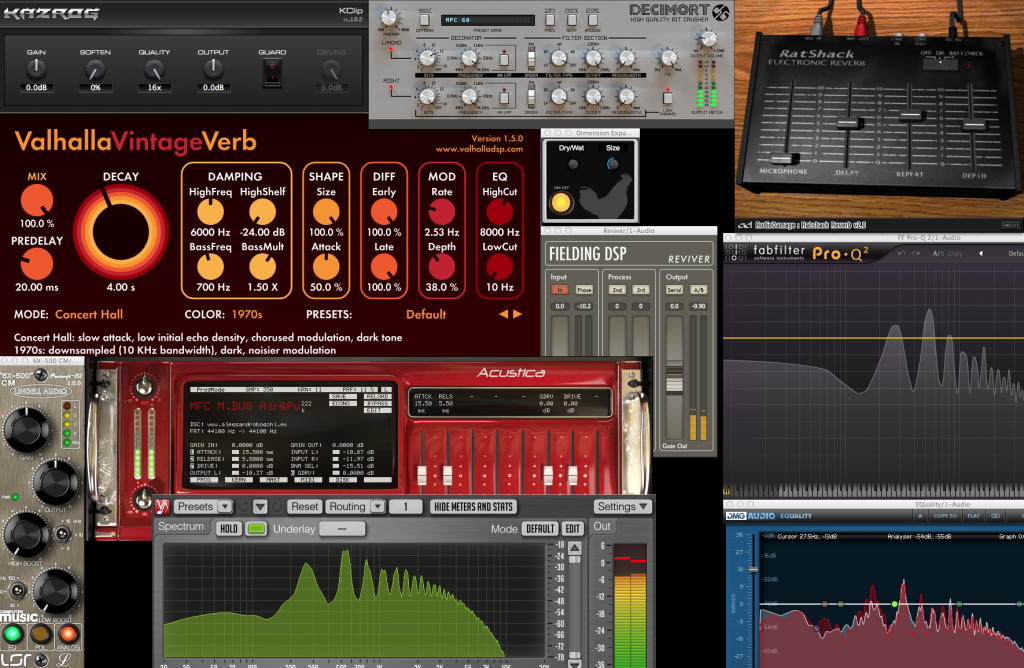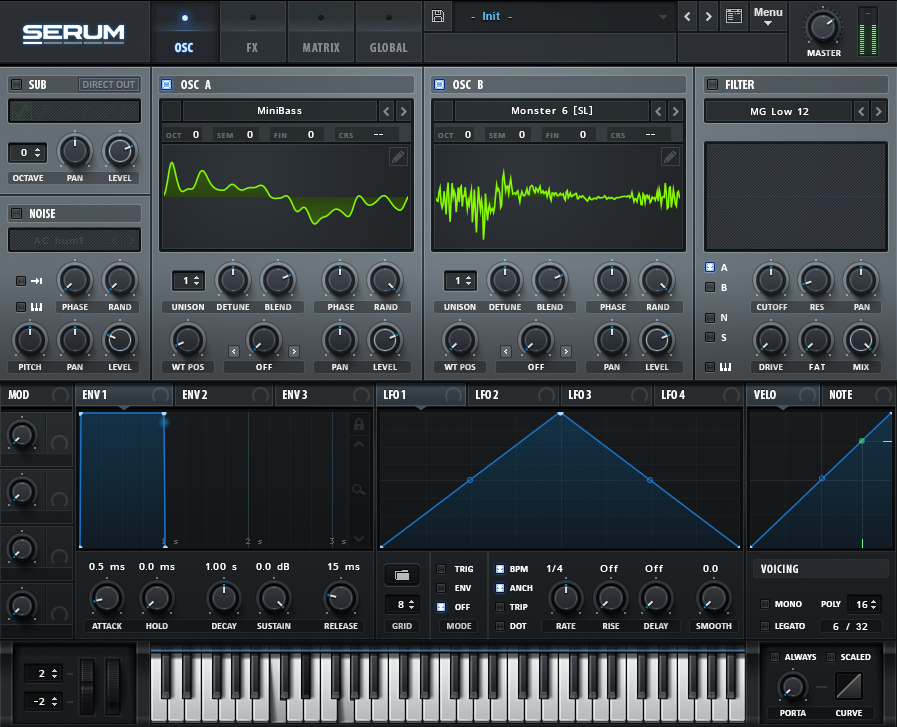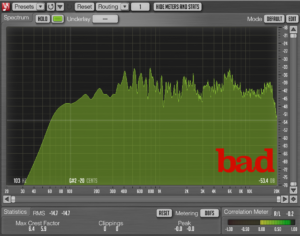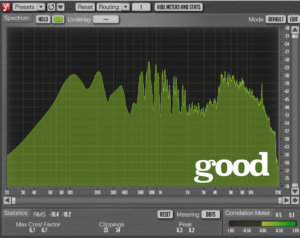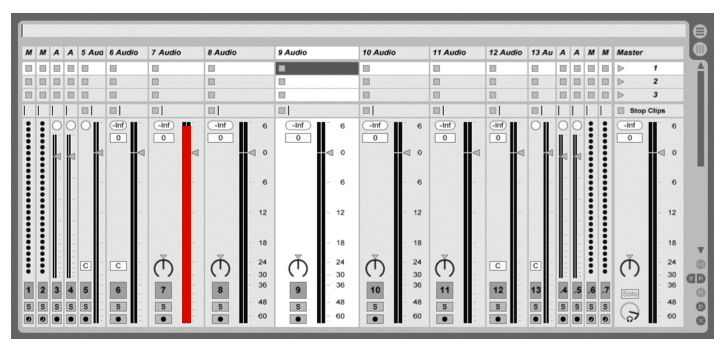Ableton Live 9.5 is out – with nice new analog-modeled filters.
Here’s two quickies relating to them.
1) The new analog-modeled filters can self-oscillate, so by setting the resonance really high (goes up to 125%) and adding some drive (by using the MS2 filter, for example), you can create sinewave type of sound if you play a sample that’s silent.
2) If you have a sample that’s just noise or something similar, crank up the LP filter resonance all the way up to 125%, add some reverb, and you can create a nice bleep sound that you can play melodies with.
